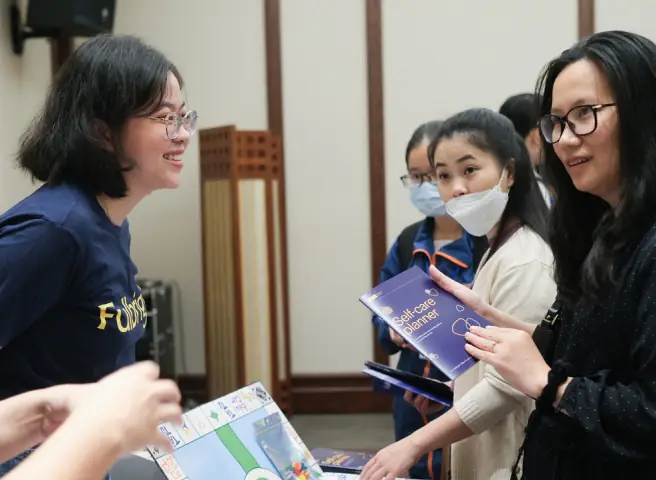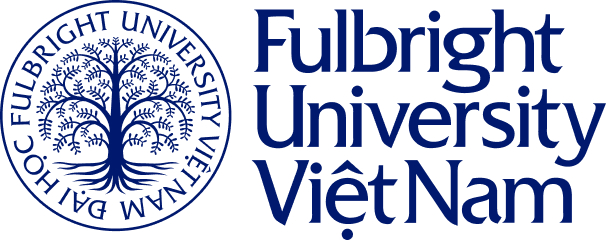Welcome to LIT305, Pacific Voyages in Literature and Film! In this course, you can expect to explore three important and interrelated developments in Anglophone literature and film from the eighteenth to the twenty-first centuries: (1) the transoceanic rise, influences, characteristics, and circulations of a distinct genre of narrative—the Pacific travel story; (2) its formative influences upon the rise of the English novel in the eighteenth century and, in the late nineteenth and early twentieth centuries, modern cinema; and (3) the ways that Pacific travel narratives of both mediums reflect the anxieties of cultural contact, influence, and empire in an increasingly globalized and commercialized world. The course moves chronologically through four periods and pairs key works in literature with cinematic adaptations. In Part I: Early Precursors (1400s-1700s), we consider epics, epistles, encyclopedic compendiums, first-person travelogues, and imaginative plays that precede the novel and shape its development through their tales of far-off peoples, lands, adventures, risks, and riches in the Pacific. Part II: The Novel studies the emergence and generic conventions of arguably two of the very earliest English novels—Daniel Defoe’s Robinson Crusoe (1719) and Jonathan Swift’s Gulliver’s Travels (1726)—out of true-life tales of mutiny, shipwreck, island maroonage, cultural contact, and rescue that take place in the Pacific.
Building on these themes, and noting the increasing imperialism and internationalism of the modern era, the third section considers two famous novels of the long nineteenth century—Benito Cereno (1855), American author Herman Melville’s short novel about a revolt on a slave ship in the Pacific off the coast of Chile, and Heart of Darkness (1899), English novelist Joseph Conrad’s cautionary tale of colonialism, madness, and greed in the Dutch Congo, told from the viewpoint of Marlow, a Pacific sea captain, to an unnamed narrator on a boat. The last course section examines the role of the Pacific
in the formation of early cinema and ongoing representations in literature and film
today, including through the novels of Indian writer Amitav Ghosh (The Glass
Palace, 2002), Hawaiian writer Kiana Davenport (House of Many Gods, 2007),
and the films Apocalypse Now Redux (1979/2001), Amistad (1997), Castaway
(2000), and Waikiki (2020). Two guest speakers will join this course toward the end of the semester. The course meets Literature requirements for comparative breadth, historical breadth, and 300-level coursework. One 100-level course in Literature (such as Foundations) and any 200-level course in Literature are required to take this course.





